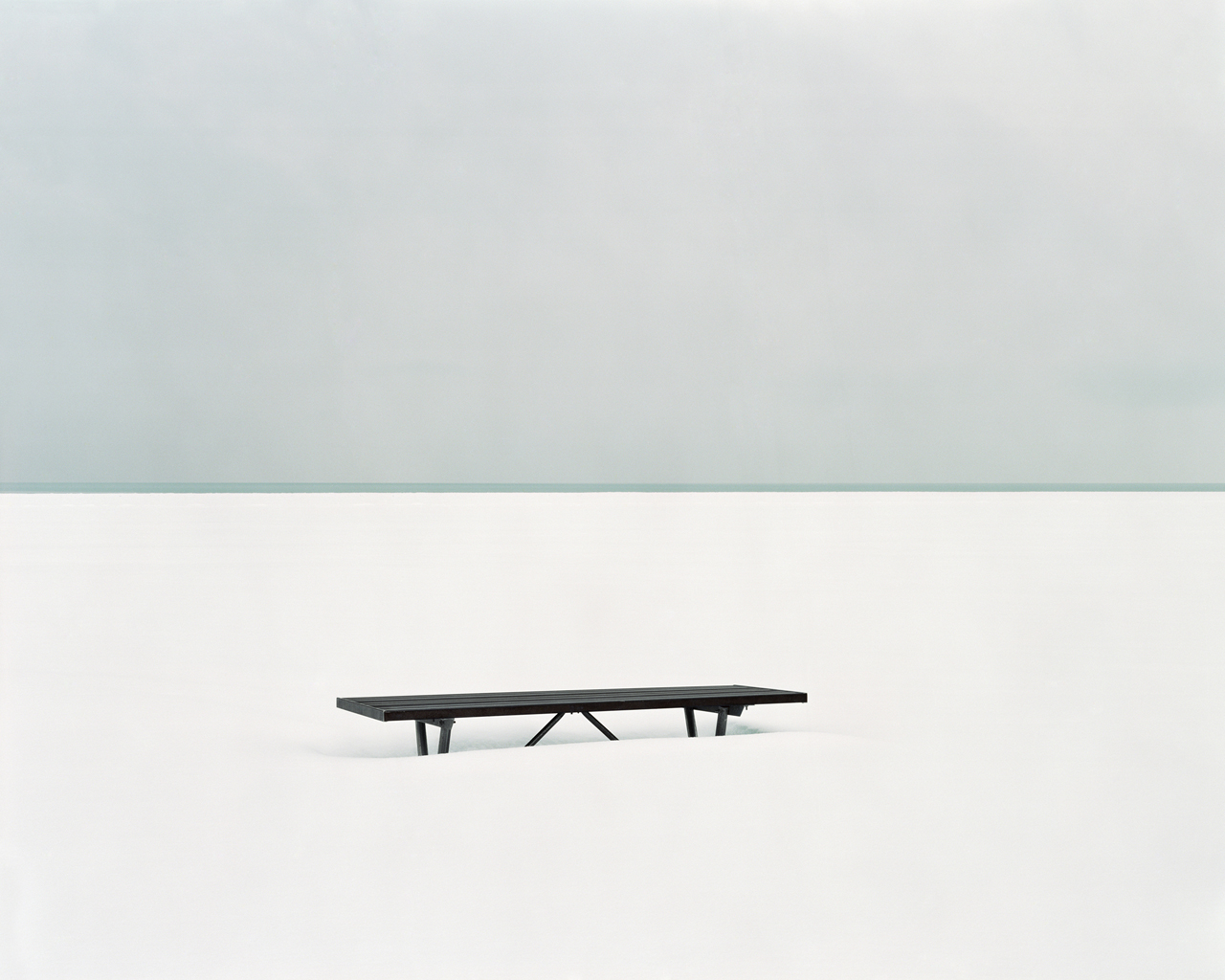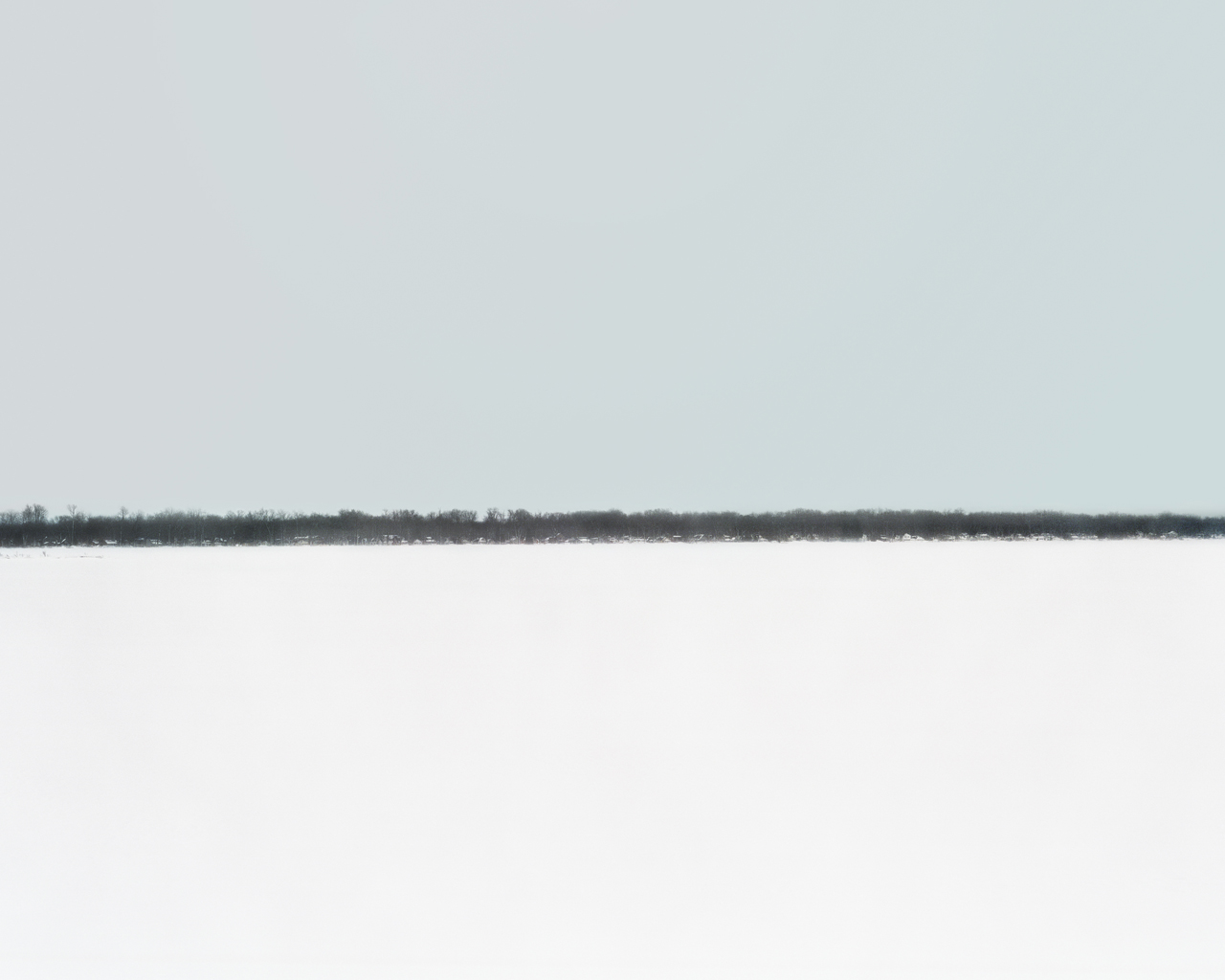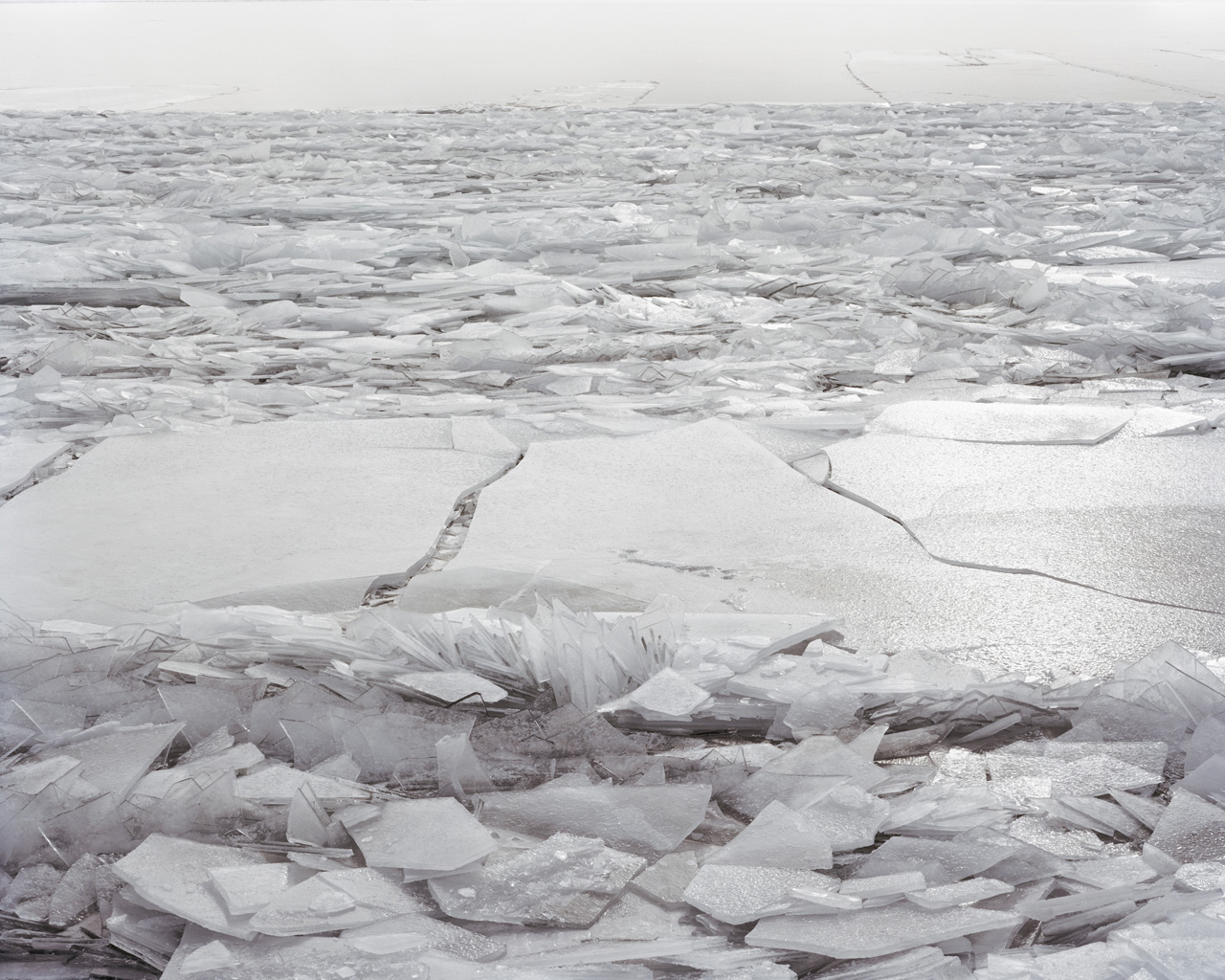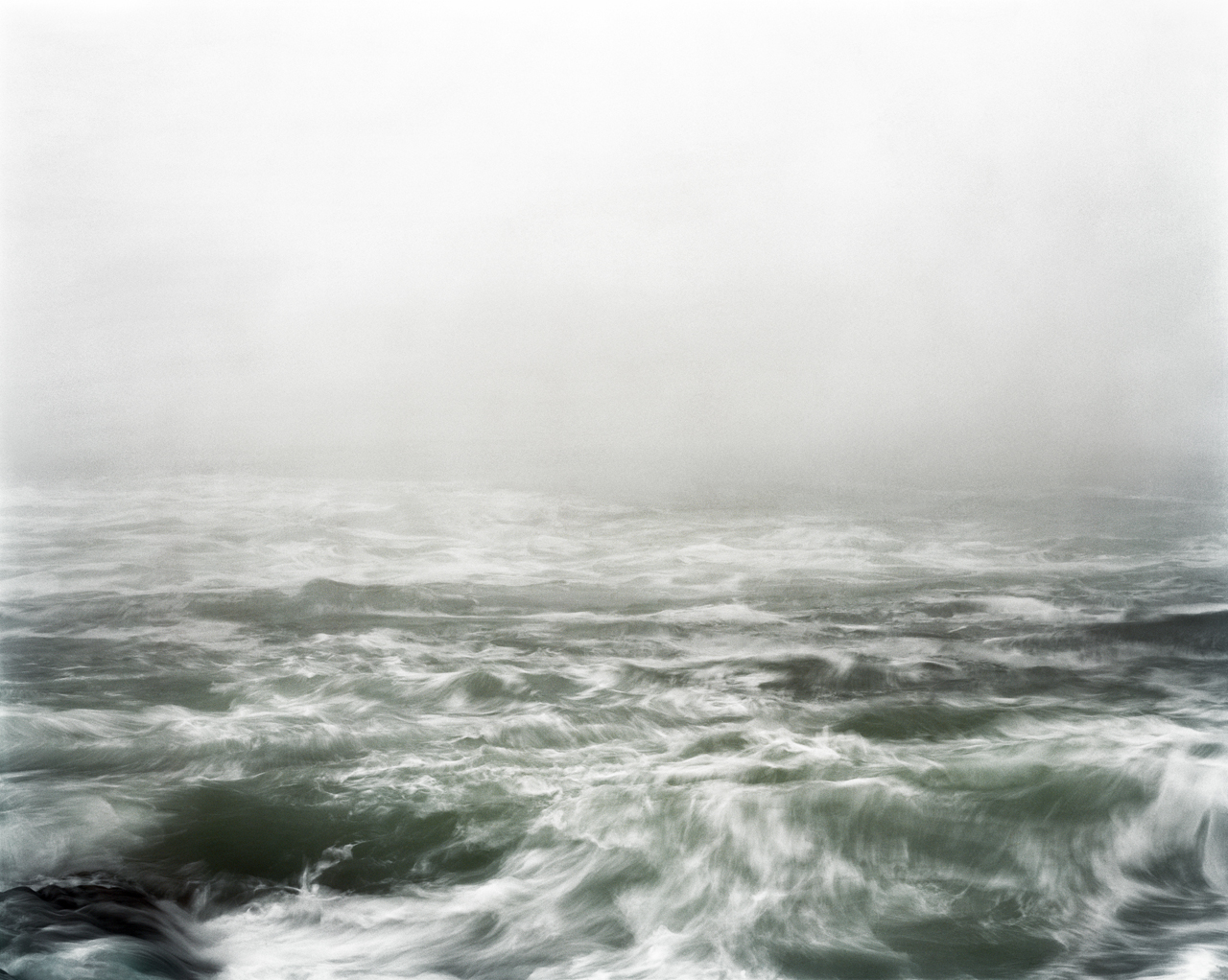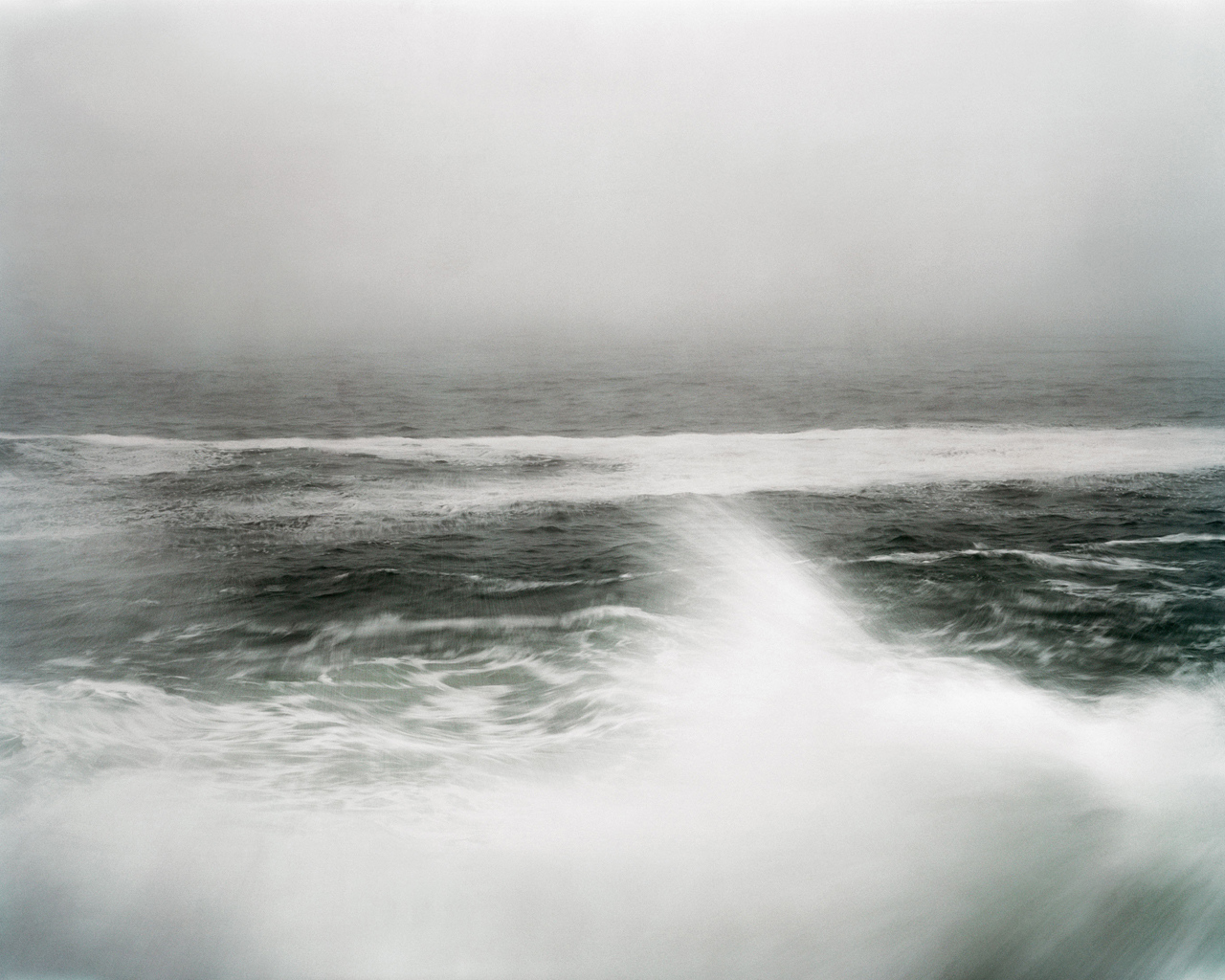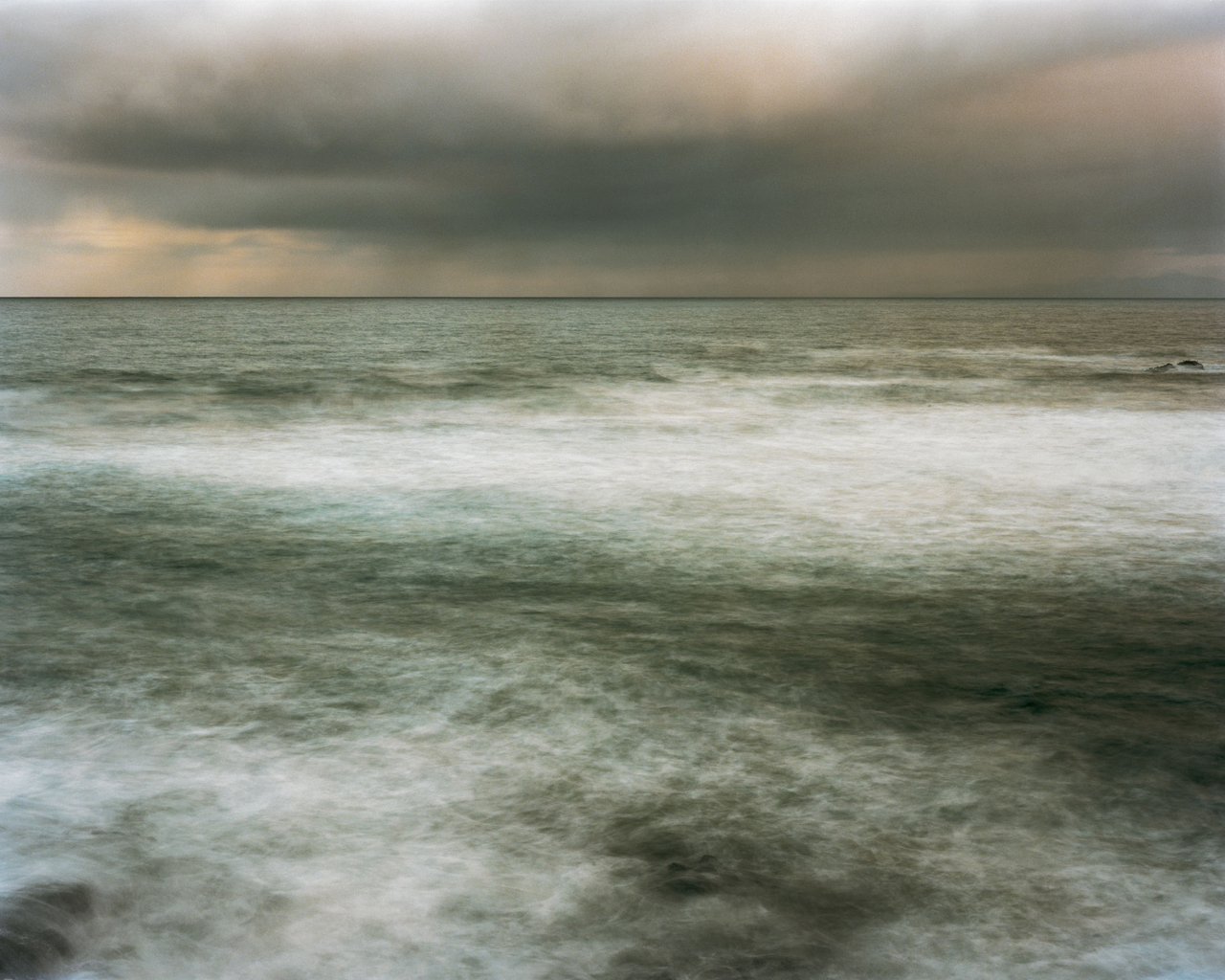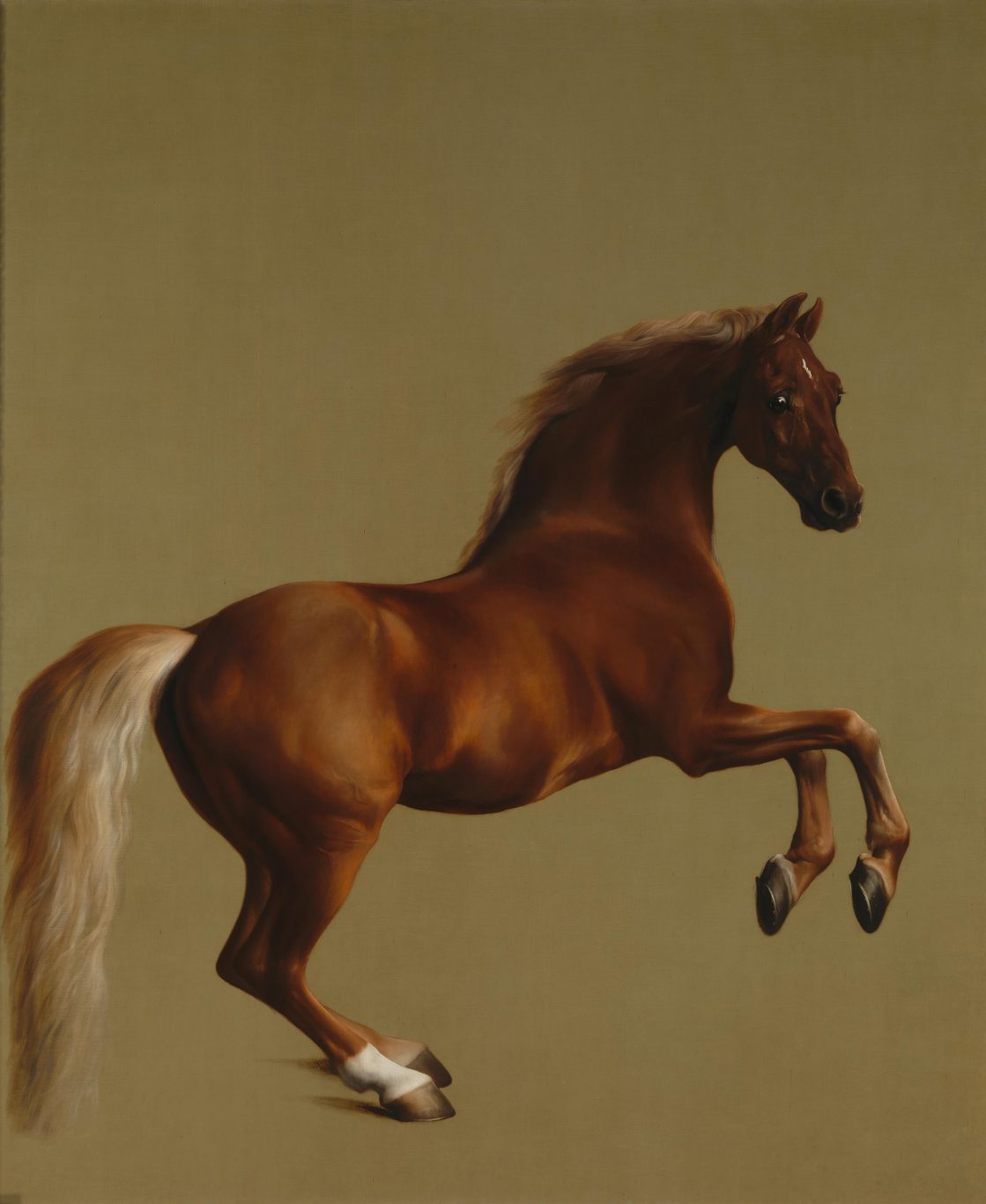interview by Darren Ching and Debra Klomp Ching
Wish, 2005 from the Snowbound series. © Lisa M. Robinson
At Length: Your first major body of work Snowbound, was a huge success!
Lisa M. Robinson: I imagine that it’s every artist’s dream to commit themselves fully to a body of work that is then received with great enthusiasm. Snowbound was a series that I worked on for five years and came to fruition as my first published book. The process of making the images, listening to them, and manifesting them in meaningful ways offered up so many gifts. I tried to remain committed to the work, above all else, and found that It has been so gratifying to see this body of work resonate for others. I never could have anticipated the breadth of the audience it has found.
Solstice, 2007, from the Snowbound series. © Lisa M. Robinson
AL: How difficult was it to follow on from that and begin a new series of photographs?
LMR: I knew that Snowbound was complete when I made the last image in the book—”Solstice” is this wonderful counterpoint to “Wish,” the cover image. There is a space that I was able to get into, a space in my head, in the world, and in my photographs, that seemed to exist of connections between these realms. My ideas and my experiences were revealing themselves in the images. This kind of awareness is a wonderful thing, when you are simultaneously aware and open, but it develops after one has been at it for a while.
For me, the hardest part about starting a new series was going back to the beginning stage of uncertainty and doubt and naïveté. Experience can tarnish one’s innocence, compelling one to know something before it is knowable. I had thought that my next series would explore the desert, because I was relocating to Arizona, and it simply made sense. I became quickly frustrated, though, because all of the images I made were head images. I didn’t have a connection to this new landscape, so my images seemed to skim a surface.
I decided to put my camera aside for awhile and began to draw and paint for the first time in years. But the camera still beckoned. Finally, I gave in to my instinct, which was to return to the water. I fought it for a while, because traveling to make work can be quite exhausting. Ultimately, I simply had to accept that I can’t control what moves me.
Ascension, 2010, from Oceana. © Lisa M. Robinson
AL: In many ways, Oceana might be seen as a sequel to Snowbound. What would you say are the conceptual connections?
LMR: Somewhere in the middle of making Snowbound, I realized that I was drawn to ideas of transition and evolution. I think this concept of life as a constantly evolving force continues in Oceana, but on a more essential level. As Snowbound progressed, the human element began to be subtly embedded in the natural world.
In Oceana, I am the human presence, observing the elemental world around me. I am fascinated by the ebb and flow of the tides, and the shifting accumulations of ice at the edges of a frozen lake. Witness to minute evolutionary change, I am easily mesmerized by these rhythms of natural time.
AL: How does your work visualize those connections?
LMR: Just as the ideas themselves seem more elemental, so too are the images more distilled. I’ve reduced the subject matter to the basic elements—water, air, and in some cases, bits of land. I’ve tried to show the state of changes that occur in the natural world through the image-making process, suggesting the passage of time or the transition from water to air.
Etching, 2010, from Oceana. © Lisa M. Robinson
AL: So, your working method has altered in some way and you seem to have re-positioned yourself in terms of a personal authorship?
LMR: With the Snowbound images, I relied heavily on the convergence of multiple elements that then defined a sort of “decisive moment,” despite the seeming absence of activity—flat, diffuse light, freshly fallen snow, physical structures or remains that commented on human activity within the winter landscape. The images themselves were constructed as a drawing or painting might be; the snow acting as a blank canvas upon which the world left its mark.
With Oceana, I am again exploring the fundamental elements of the photograph while embracing a painterly aesthetic, but the very components of light and time are integrated into the making of the image. Of course, that is the case with any photograph. But in many of these images, especially the ones with moving water, I am less interested in stopping time than in evoking its very erratic nature. To do so, I build the image slowly by utilizing time and exposure to capture the movement of water over time and space. There is an ephemeral quality to the resulting images. They seem to come into greater focus the further back you stand, like a pointillist painting or a panoramic vista.
Flow, 2010, from Oceana. © Lisa M. Robinson
AL: Would you say this has been a turning point or, in other words, a development in your creative practice as an artist? The photographs that make up Oceana convey a different kind of confidence and maturity. Do you feel more confident as an artist than, say, when you completed Snowbound?
LMR: I think the very process of making work allows one to go deeper and deeper into a creative space. Part of that world is in one’s own head. The Snowbound work allowed me to navigate unfamiliar territory as an artist, as I challenged myself to distill ideas into images as the work progressed. It taught me the importance of using my intuition as a guide while still remaining highly engaged intellectually.
With Oceana, I trust that what I see or feel is in the image, and that reduction is the passageway to the universal. There is less of an externalized search going on, and a much more internal inquiry.
Apparition, 2010, from Oceana. © Lisa M. Robinson
AL: One of the constants in your work is the use of 5“ x 4“ sheet film.
LMR: It’s important to me that these images are still recognizable as photographs, that they are interpretive expressions rooted in the real world. I work with film and a large format camera as a way of embracing the full photographic process; from the methodical ritual of exposing film to the mystery of the latent image. There is a quality of light on film that I haven’t found digitally. I’m not opposed to digital images, not at all. But right now, I’m more interested in exploring new expressions with familiar tools rather than entering unknown territory. If I wanted to do that, I would probably go back to painting.
AL: It’s interesting that the new work, although slightly larger, is similar in scale to your previous work. You haven’t taken the route of many artists by making the photographs available in different sizes and editions. How important is this to you?
LMR: I certainly toyed with the idea of different sizes of prints when I began Snowbound and even made some. But I soon realized that I want the viewer to enter the space of the photograph and make an internal connection with the physical world. With Oceana, this realm is immediately recognizable—we have all stood at the edge of the ocean. But something else happens here, and the larger scaled image allows one to teeter at that edge. When making prints, I think about this kind of experience the viewer may have. I want to find that balance between an intimate encounter and an epic kind of awe.
Surge, 2010, from Oceana. © Lisa M. Robinson
AL: When you’re determining the scale of your photographs, do you think of the photograph as more than an image. For example, as an artifact—an object?
LMR: Absolutely. Perhaps it is most accurate to say that I think of my photographs akin to painting or sculpture. I remember once referring to my photographs as “pieces,” and a friend (another photographer) asked me why I didn’t call them photographs. Yes, they are photographs, I replied. But they are MORE than photographs, as well. That is not to say that the photograph is not sufficient. Rather, it is to say that the photograph is, at its best, a form of art.
AL: Oceana was three years in the making.
LMR: It took quite a while for the ideas and images for Oceana to emerge. While hindsight allows for a linear perspective, the reality of making new work is anything but that. It is a bit like feeling the ground with the tip of a cane—navigating without clarity. I have learned over time that images don’t lie, and that I work best from an internal place. Let’s just say that I made a lot of images that didn’t resonate for me and that I thought were about something else entirely.
Mesmory, 2010, from Oceana. © Lisa M. Robinson
AL: You recently relocated to Arizona, and yet Oceana is coastal. Do you think the immediate surroundings of where you live have an impact on your arts practice?
LMR: Before I officially relocated to Arizona, I entertained the romantic notion that the desert would be my muse. Then reality struck and I simply couldn’t access this strange and relentless land. The water kept pulling me back, so I finally acquiesced. In doing so, I thought that I was giving up the challenge of the desert. I have since learned, however, that Oceana is leading me back here, to a better understanding and appreciation of the surrounding landscape.
AL: And yet, you continue to work with the same printer, who is based in New York?
LMR: I miss many things about New York. Next to food delivery, I am most nostalgic about making my own digital c-prints. My printer is a gift, allowing me to manifest my images from a distance.
AL: How would you describe your creative relationship with your printer?
LMR: I think of my printer as an enabler, in the best sense of the word. He is so sensitive to the subtleties of my work and is extremely patient with me as I guide images through various stages of being. He brings a level of expertise to the table that I constantly learn from, as well.
AL: How do you manage this and does it work?
Climax, 2010, from Oceana. © Lisa M. Robinson
LMR: Two words—Federal Express. It works as well as it can, given the circumstances. I would still prefer to be in New York to streamline the process, but I feel fortunate to have this long distance relationship.
AL: When you were completing the Snowbound series, the two additional challenges at that time were gaining gallery representation—at least an exhibition—and a book deal with a publisher, both of which you achieved with what seems now like perfect timing.
LMR: For a long time, I thought of it as this elusive dance. Every publisher I approached wanted to know which gallery represented me, and galleries I approached wanted to know if I had a book. While frustrating, it made me more determined to make the right choices for Snowbound when opportunities did begin to present themselves. I made certain that I was fully prepared for what I wanted and trusted my gut when entering relationships with gallerists and publishers. Throughout the process of making the work, I shared it with many people. By the time it was fully resolved, the appropriate doors opened.
Elegy, 2010, from Oceana. © Lisa M. Robinson
AL: There’s a good level of anticipation from fans and collectors of your work. Are you nervous or excited about your upcoming exhibition?
LMR: I’m extremely excited about the upcoming exhibition. So many of these images struck a chord with me when I first saw them on film and are breathtaking as prints. I hope that others see what I see.
AL: What’s next?
LMR: That darned desert.
Lisa M. Robinson lives and works in Tucson, Arizona. Oceana is premiered at the Klompching Gallery in New York, the exhibit is on view April 27—June 10, 2011 and will then go on to be shown in Hong Kong.
